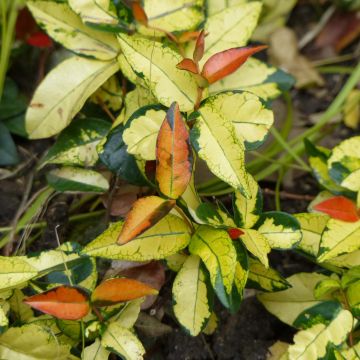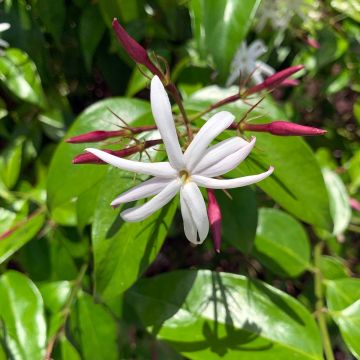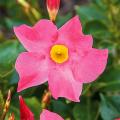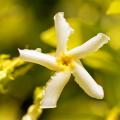Jasmine
Would this plant suit my garden? Set up your Plantfit profile →
Available in 3 sizes
Available in 0 sizes
Available in 2 sizes
Available in 2 sizes
Available in 0 sizes
Available in 0 sizes
Available in 3 sizes
Available in 3 sizes
Available in 1 sizes
Available in 1 sizes
Available in 1 sizes
Available in 1 sizes
Available in 1 sizes
Available in 1 sizes
Available in 2 sizes
Available in 2 sizes
Available in 1 sizes
Available in 1 sizes
Available in 2 sizes
Available in 1 sizes
Available in 2 sizes
Available in 1 sizes
Available in 1 sizes
Available in 1 sizes
Available in 1 sizes
Available in 1 sizes
Available in 1 sizes
Available in 1 sizes
Available in 1 sizes
Available in 1 sizes
Available in 1 sizes
Available in 1 sizes
Available in 1 sizes
Available in 0 sizes
Available in 1 sizes
Available in 2 sizes
Available in 1 sizes
Available in 1 sizes
Available in 1 sizes
Available in 1 sizes
Jasmines are climbing plants with woody climbing stems or voluble stems that produce beautiful white, yellow, or pink star-shaped flowers. The most common varieties are: Star Jasmine, Trachelospermum jasminoides, Winter Jasmine, Jasminum nudiflorum, and Common Jasmine. Jasmines are planted in deep, humus-rich soil without stagnant moisture in a sunny position and sheltered from the winds. Mulch the base of frost-sensitive jasmines and water generously as soon as flowering begins. Prune Winter Jasmine after flowering by removing old branches and reducing its size. For the others, a balanced pruning is sufficient. Jasmines dress up trellises, screens, stair railings or balconies, arches, pergolas, and pots on a terrace. They look execeptional when accompanied by Clematis, Myrtles, or a Callistemon,.
Haven't found what you were looking for?



















































































































